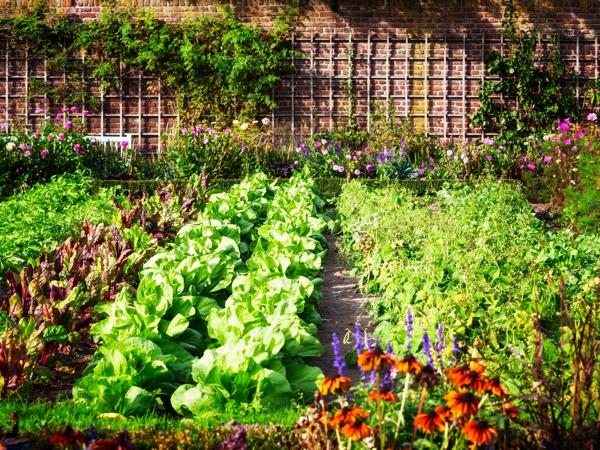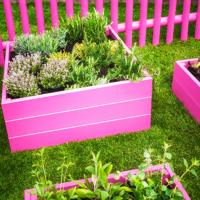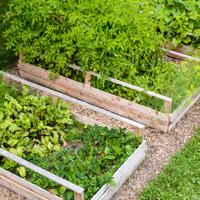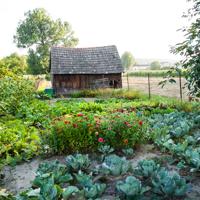Companion planting is a charming and thoughtful strategy that can help manage pests in your garden. This age-old method is about more than placing plants next to one another; it’s about creating a mini-ecosystem that minimizes the need for chemical interventions. In this article, we’ll explore how companion planting can aid in pest control, providing examples and insights from research.
The Basics of Companion Planting
Companion planting involves strategically placing certain plants together so they can benefit each other. This can be through deterring pests, enhancing growth, or improving flavor. There are no fixed rules, but understanding the needs and characteristics of each plant can guide you in creating a harmonious planting scheme.
How Companion Plants Deter Pests
Plants have developed an array of natural defense mechanisms, including scents, chemicals, and visual displays, to protect themselves. When planted together thoughtfully, these characteristics can help keep pests at bay.
Scent-Based Deterrents
Aromatic herbs like basil and rosemary can confuse pests with their strong scents. For instance, basil when planted with tomatoes, can help deter pests such as whiteflies and aphids. The basil’s strong aroma may mask the scent of the tomato plant, reducing pest attraction.
Physical Barriers
Some plants can act as physical barriers to pests. Marigolds, for instance, are known to deter nematodes when planted around vegetable beds. These flowers contain bioactive compounds that can suppress nematode populations and deter flying insects.
Trap Crops
Certain plants can act as sacrificial trap crops, luring pests away from more valuable produce. Nasturtiums are believed to attract aphids, drawing them away from vegetable plants like broccoli. While nasturtiums may suffer, your valuable veggies gain some relief.
Companion Planting Examples
Here are a few companion planting pairings that have been noted for their effectiveness in deterring garden pests:
-
Carrots and Onions: The strong smell of onions can help deter carrot flies, while carrots reciprocate by repelling onion flies.
-
Cabbage and Dill: Dill attracts beneficial insects such as wasps, which prey on cabbage worms and other pests that target cabbage.
-
Radishes and Cucumbers: Radishes can act as a trap crop, attracting fleas beetles away from cucumber plants.
Insights from Research
Studies have shown that intercropping or companion planting can help in organic pest management. A 2011 study conducted on pest management highlighted that diverse plantings could help reduce pest pressure by enhancing habitat for natural predators and introducing plant species that may have repellent properties.
While it’s essential to approach each growing season with an open mind, keeping notes on what works can be rewarding. Climate, soil conditions, and changing pest populations may affect companion planting success. Adaptability and observation are your best tools.
A Community Effort
Gardeners like you continue to contribute to our understanding of companion planting. By experimenting with different plant combinations and sharing findings, we can collectively learn more about creating resilient and sustainable gardens.
In conclusion, while companion planting can’t promise complete pest eradication, it does offer a gentle strategy for enhancing garden health. It encourages biodiversity and fosters a garden environment that balances pest and predator populations. With patience and a dash of creativity, companion planting can become a vital part of your gardening toolkit.
For more sustainable gardening tips, feel free to explore other sections on our website and join our community of passionate gardeners. Happy planting!




